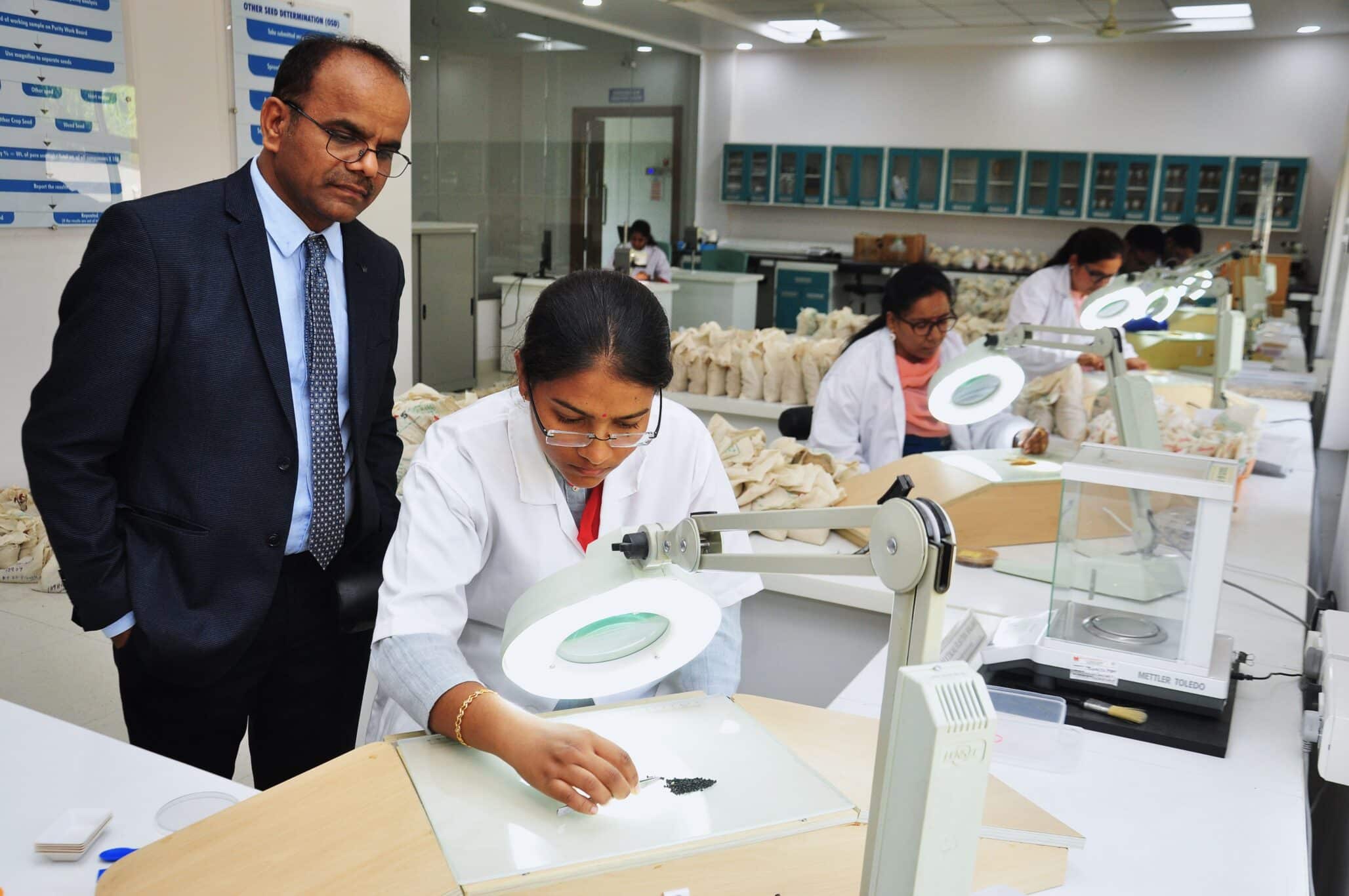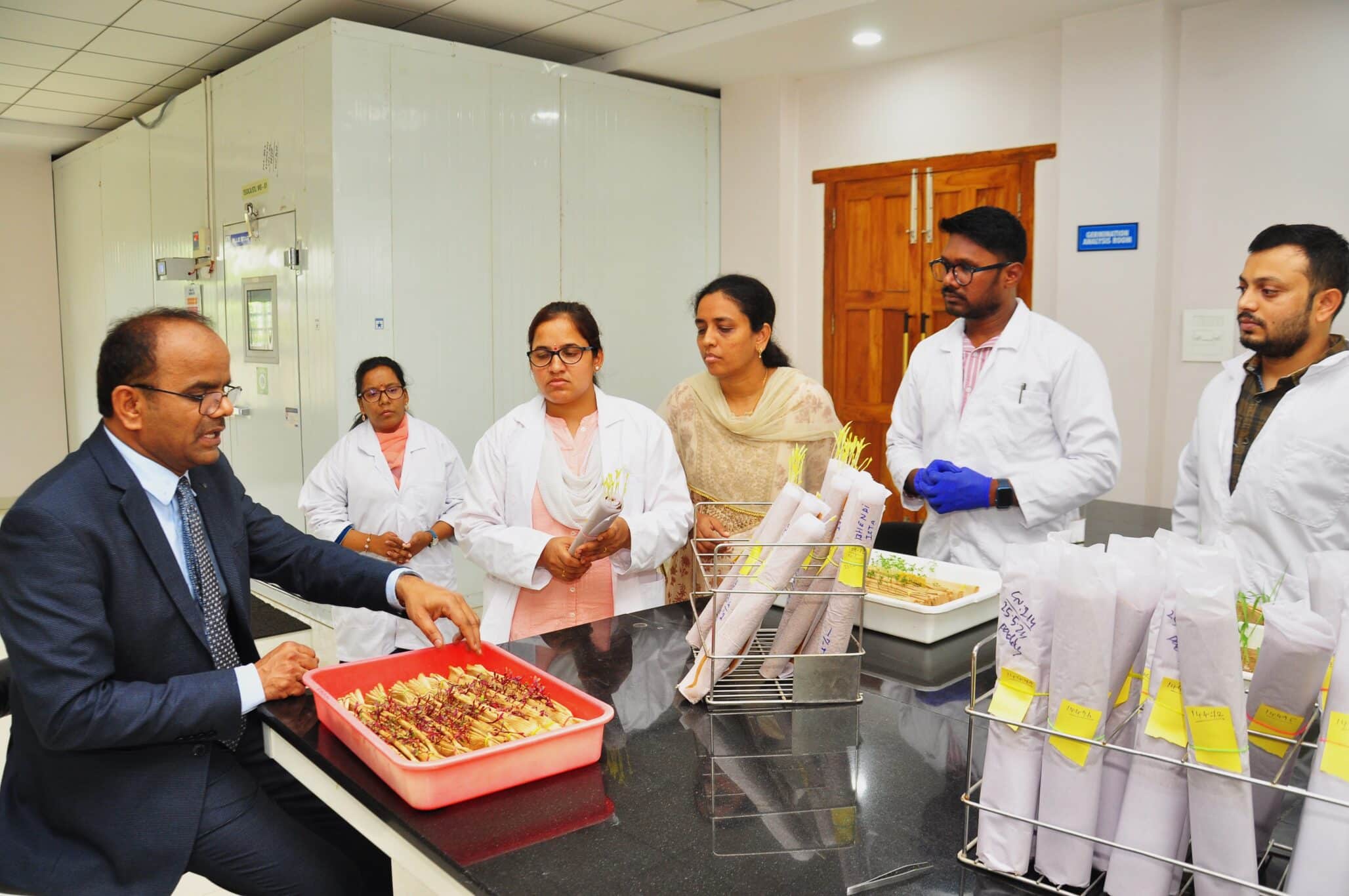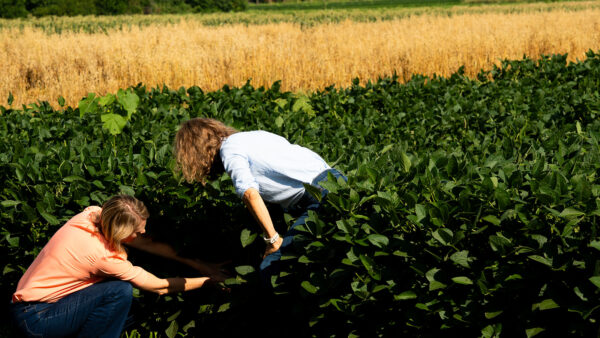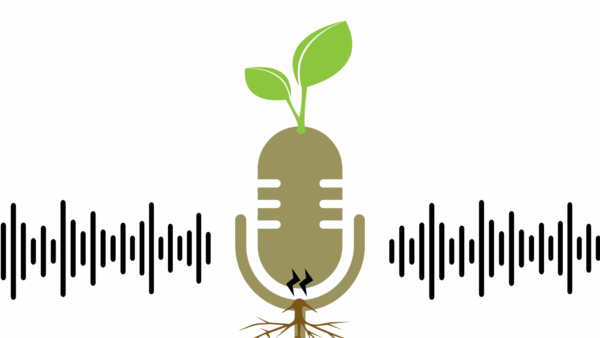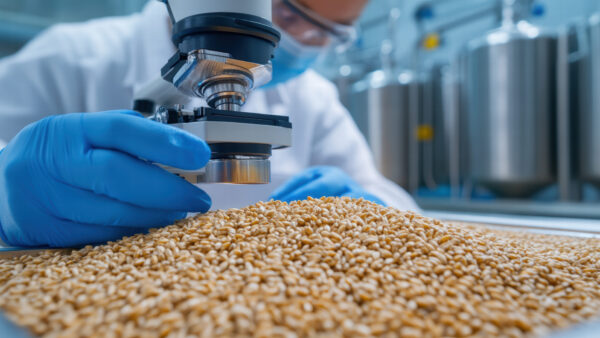It’s indeed a momentous occasion to celebrate 100 years of ISTA’s contributions to global seed and food security.
Of course, leading the International Seed Testing Association’s (ISTA) into its second century is a great honour and a responsibility with humility. I stand on the shoulders of those who came before-founders, visionaries, researchers, analysts and countless contributors. It is critical to express gratitude for the journey thus far and the privilege of leading into the next century!
ISTA has made tremendous progress in the field of seed science, sampling and testing in the past 100 years. It has become a key organization for verifying the quality of seeds worldwide and has long been at the forefront of global seed and food security.
A Look Back
The history of seed testing inextricably links to ISTA’s history. When we look back at the history of seed testing, we find that by the 19th century, the sale and trade of seeds had become an established practice across Europe. However, a major issue during this period was the lack of knowledge about the quality and purity of the traded seeds. There were no standard methods for assessing whether the seeds were free from contaminants or whether they had the potential to produce a viable crop.
Furthermore, widespread unethical practices in the seed trade during the 19th century identified the need for an organization that could develop testing methodologies to ensure quality and uniform test results, paving the way for the establishment of the International Seed Testing Association in 1924 at the 4th seed testing conference in Cambridge, U.K. Since then, ISTA has been working with a vision to ensure ‘uniformity in seed quality evaluation worldwide’ through its mission to develop, adopt, and publish standard procedures for seed sampling and testing, to promote the uniform application of these procedures, and to advance research in all areas of seed science and technology.
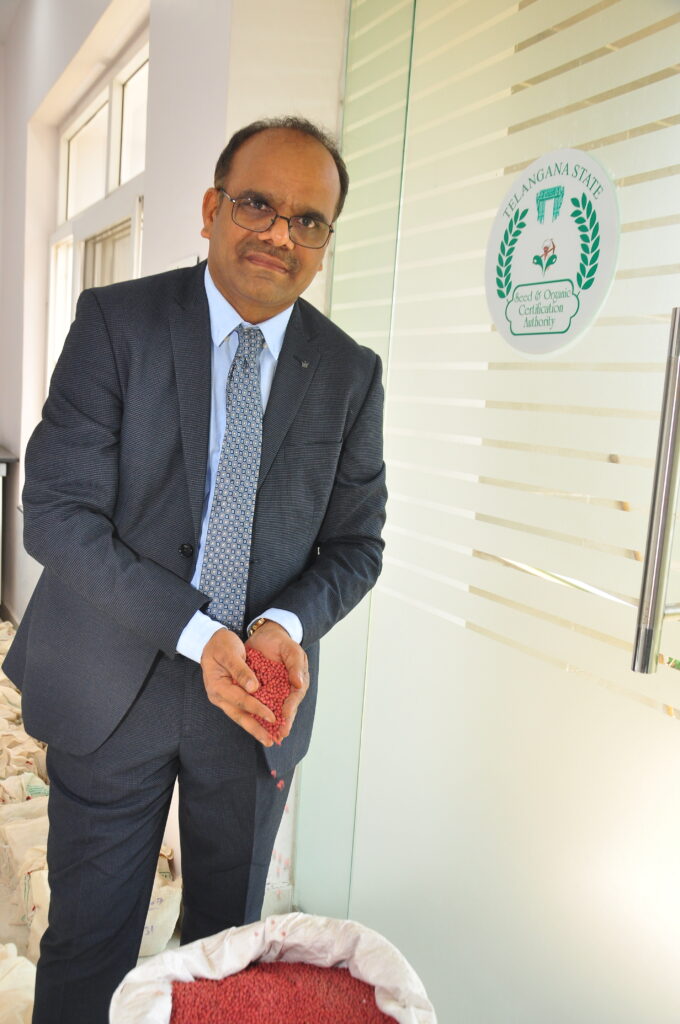
Over the past century, ISTA’s role and priorities have evolved significantly to adapt to the changing needs and challenges of the global seed industry, as well as developments in the agriculture sector worldwide.
In its early days, ISTA’s primary focus was on establishing basic seed testing methods to ensure seed quality and facilitate international trade. At that time, the main challenges were overcoming the lack of uniformity in testing methods and ensuring that seeds met the necessary quality standards for germination and purity. As agriculture and technology advanced, so did ISTA’s focus.
By the mid-20th century, ISTA had broadened its scope to include comprehensive testing protocols. In 1931, ISTA adopted its first “International Rules of Seed Testing” and established the ISTA Certificates to facilitate international seed trade, which laid the foundation for global standardised seed testing.
The late 20th century saw significant advancements in ISTA’s role. In 1995, ISTA expanded its membership to include private laboratories and seed companies, broadening its reach in the seed industry. The following year, in 1996, ISTA initiated the Quality Assurance Programme to accredit seed testing laboratories, ensuring consistent and reliable testing across laboratories worldwide. In recent decades, with the advent of new technologies and the onset of globalisation, ISTA has begun to incorporate advancing scientific techniques into its rules. ISTA emphasised the importance of seed health and genetic purity. To improve precision and dependability, ISTA incorporated DNA marker techniques in variety and GMO testing methodologies.
ISTA has been at the forefront of integrating new technologies into seed testing, enabling the use of new technologies for seed analysis. Advanced technologies are evidence-based and fit for purpose in seed testing uniformity. To enhance the precision and efficiency of seed testing, the ISTA has embraced digital technologies and data-driven approaches, and it has implemented virtual or remote audits for seed testing lab accreditation.
As we Head into the Second Century, What’s Ahead?
There are several key priorities that require a blend of wisdom, foresight and strategic commitment to ensure that ISTA continues to play a pivotal role in global seed and food security for generations to come. As ISTA enters its second century, it will continue to evolve and adapt to the changing landscape of the global seed sector and agriculture worldwide.
ISTA, as a seed science and technology authority, will continue to play a role in developing globally adopted seed sampling and testing methods. ISTA’s position at the interface between research, industry and regulation will continue to facilitate the identification of needs for new methods or changes in the existing methods. The strategic initiatives of ISTA in its second century will revolve around key objectives that guarantee the continuous progress and significance of seed sampling and testing. For example, the creation and refinement of scientifically robust rules and methods for seed sampling and testing aimed at meeting the evolving needs of the seed industry is a key focus.
In its second century, ISTA will continue to serve its growing membership by working more locally while continuing to act internationally. These strategic initiatives will ensure the ISTA continues to set the gold standards in seed sampling and testing. By focusing on innovation, collaboration, capacity building and effective communication, ISTA will uphold its mission to promote uniformity in seed quality evaluation and contribute to global seed and food security.
In the upcoming years, ISTA will build on its ideas for future action and strategy, aiming to uphold the legacy of developing scientifically sound rules and advanced methods for seed sampling and testing that cater to the global seed sector.
I am pleased to announce that in July 2024, ISTA will introduce “eCertificates” to streamline processes and improve the efficiency of seed testing labs in communicating the test results. ISTA’s role has expanded beyond developing methodologies to include capacity-building and knowledge dissemination all over the world. With its rational and dynamic approach, ISTA has grown enormously over the past 100 years. Over time, the seed industry, ISTA-designated authorities, and the membership have requested the addition of numerous new species to the ISTA Rules. The international rules are available in four languages to meet the needs of the seed industry worldwide. This facilitation has led to the expansion of ISTA’s involvement into previously absent or underrepresented regions and countries, resulting in its presence in 83 countries by 2023, up from 26 in 1924.
This evolution demonstrates ISTA’s commitment to adapting to the needs of the global seed industry and agricultural community, as well as supporting sustainable development worldwide. By continuously improving seed quality and reliability, ISTA has significantly contributed to the advancement of global agricultural productivity, food security and sustainable development worldwide.
This year’s ISTA Annual Meeting is very special; it will mark grand celebrations of a century of ISTA’s dedication to seed science and technology, reflect on its achievements, and envision the future of seed quality assurance in the coming century. It is particularly appropriate that the Centenary Celebrations are held in Cambridge, U.K., where ISTA started its journey 100 years ago.
Yours in seed testing,
Dr. Keshavulu Kunusoth, President, International Seed Testing Association



